NEWYou can now listen to Fox News articles!
An air traffic controller failed to notify the crew of a commercial plane that an Army helicopter was moving toward the aircraft before the collision in Washington, D.C., in January that killed 67 people, a Federal Aviation Administration official said on Thursday.
The FAA’s first acknowledgment of a possible error in the control tower at Ronald Reagan National Airport just before the fatal collision came on the second day of National Transportation Safety Board hearings looking into what led to the midair crash.
Officials testified at the hearing about a high number of takeoffs and landings at the airport that, in addition to heavy helicopter traffic, led to air traffic controllers testing the limits of safety, according to The Washington Post.
Among the methods used the night of the crash were the frequent use of allowing helicopter crews to use their own judgment and skills to avoid other air traffic and the use of runway 33, which is shorter and requires jets arriving from the south to leave the usual flight path and travel further east, the outlet noted.
ARMY HELICOPTER THAT CRASHED WITH COMMERCIAL PLANE IN DC WAS FLYING ABOVE ALTITUDE LIMIT: NTSB
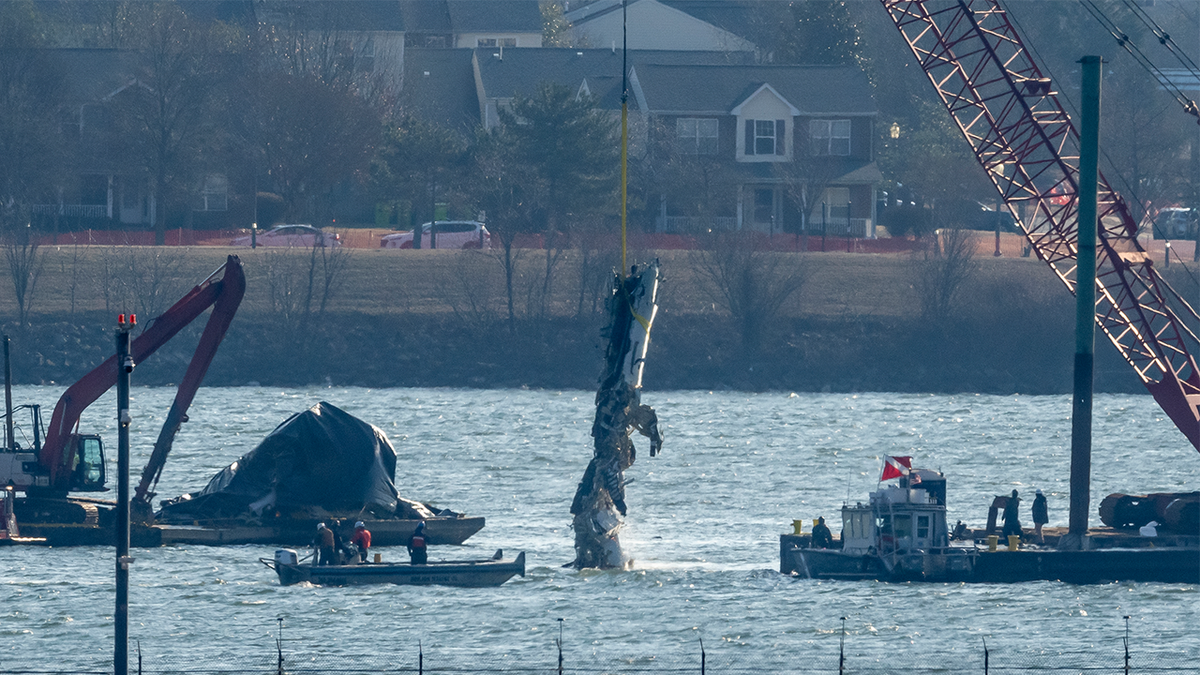
An air traffic controller failed to notify the crew of a plane that an Army helicopter was moving toward the aircraft before the collision in Washington, D.C. (AP)
The controller responsible for guiding the flights of the Black Hawk helicopter and American Airlines jet arriving from Wichita, Kansas, had juggled communications with 21 different aircraft in the 10 minutes before the collision over the Potomac River, according to NTSB chairwoman Jennifer Homendy.
NTSB investigators were told by the controller — managing helicopter and airliner traffic at once — that he felt overwhelmed about 15 minutes before the crash, but that traffic later died down some, and he felt more comfortable managing the workload.
During the hearing, Homendy pressed FAA officials about the sequence of communications with the jet arriving, which was operated by regional carrier PSA, according to The Washington Post.
“Should the local controller have let the PSA crew know there was a helicopter there?” Homendy asked.
Nick Fuller, the acting number two ranking official in the FAA’s air traffic control branch, answered yes, adding that the controller should have told the airliner’s crew that the helicopter was using visual separation and that “the targets were likely to merge.”
The airport often saw nearly 80 departures and arrivals an hour, according to The Washington Post, citing an FAA email released by the NTSB this week.
Clark Allen, the operations manager in the airport’s tower on the night of the crash, was asked Thursday whether tactics that controllers used were jeopardizing safety.
“They’re pushing the line,” Allen testified.
Controllers told investigators that they did not feel outside pressure to keep up with the pace, but FAA managers described how American Airlines had a tight schedule that effectively boosted traffic. A manager for the airline testified that it had attempted to make changes after visiting the tower.
In the minutes before the crash, the controller was looking for pilots willing to land on runway 33 to relieve pressure on the main runway. One crew declined and the pilots of the American Airlines flight from Wichita initially hesitated before agreeing, according to a transcript released this week, The Washington Post noted. This sent them on a circling route that would bring them directly into the path of the Black Hawk, which was using a route that passed right under the plane’s landing path.
Officials said the tactics of managing heavy aircraft traffic have tower jargon, including “squeeze play,” which involves pushing planes through takeoffs and landings with minimal separation.
“It can be taxing on a person, you know, constantly have to give, give, give or a push, push, push in order to efficiently move traffic,” Allen testified.
NTSB LAUNCHES 3-DAY INVESTIGATIVE HEARING ON DEADLY DC PLANE CRASH
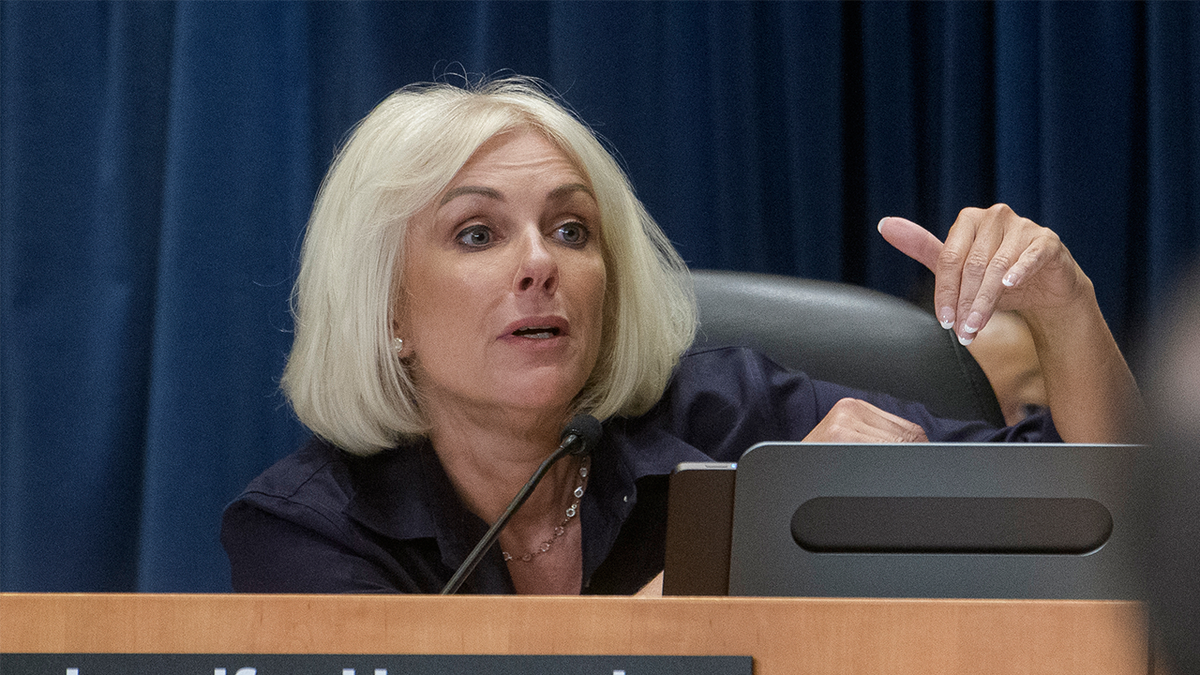
NTSB Chairwoman Jennifer Homendy pressed FAA officials about the sequence of communications with the jet arriving. (AP)
“Being a high volume, high complex airport with not a lot of real estate, you have to keep things moving,” he added.
The pressure at the airport extended to a nearby air traffic control facility that tees up planes to land, Bryan Lehman, a manager at that facility, testified on Thursday.
“We have many nonstandard tools that we use in order to be able to bring a significant amount of airplanes into DCA … on a daily basis to make it work,” Lehman said. “At a certain point, it’s too much.”
Planes approaching the airport from the south mostly land on runway one, which is close to 7,200 feet long and able to accommodate the large airliners common at the airport. Runway 33, which is only 5,200 feet long, crosses it at an angle. Runway 33 is available to controllers as a form of relief valve.
After the incident on Jan. 29, the FAA reduced the arrival rate of aircraft and said it would conduct a review. The agency said the current maximum arrival rate at the airport is 30 an hour.
Lehman said he told investigators that American Airlines also found a way to avoid limits on the number of flights each hour by packing them into 30-minute blocks.
“No one will stop them,” Lehman said. “So, I don’t know how American has this much pull … but it’s a wink-wink, that people know what’s going on.”
Njuen Chendi, the FAA’s traffic management officer for the Washington district, told investigators that efforts to have the airline space out its flights to ease pressure on the airport have had only limited success.
Eric Silverman, an American Airlines manager, testified on Thursday that representatives from the carrier had visited the tower as travel was rebounding from the COVID-19 pandemic.
“We made changes where we could,” Silverman said.
Another tactic for managing traffic that also contributed to the crash was controllers’ relying on visual separation, in which helicopters see and avoid airliners.
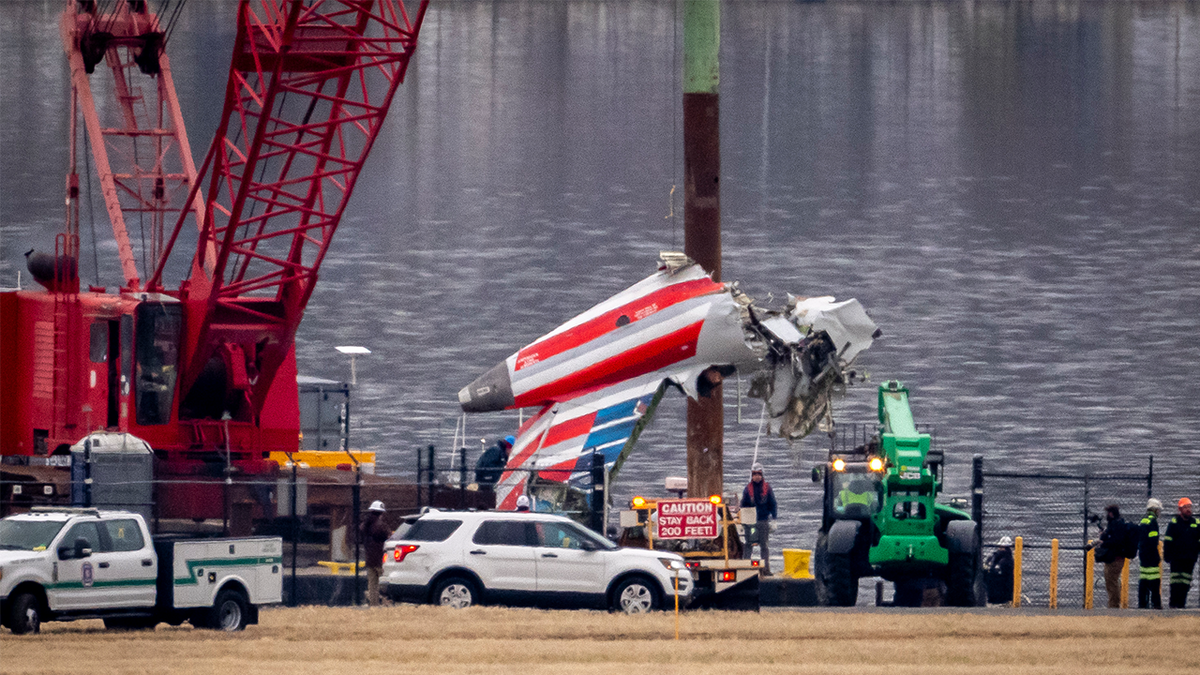
After the incident on Jan. 29, the FAA reduced the arrival rate of aircraft and said it would conduct a review. (AP)
“Visual separation was used on a daily basis between the helicopter operators and the commercial traffic departing and landing at DCA,” Allen testified. “Visual separation was paramount to making the operation work efficiently for the amount of volume and complexity that the airspace has.”
The controller checked with the helicopter crew to confirm they could see the jet as they approached, but they appeared to be confused about the message and did not see the airliner even moments before they crashed into it.
CLICK HERE TO GET THE FOX NEWS APP
The FAA imposed limits on the use of visual separation in the aftermath of the collision.
Staffing at the airport has been a problem since the crash, according to NTSB investigator Brian Soper, who said that the latest FAA data shows that while there are 26 controllers assigned to the tower, only 19 are available to work.
“Every person we spoke with cited staffing as a significant concern,” Soper said.
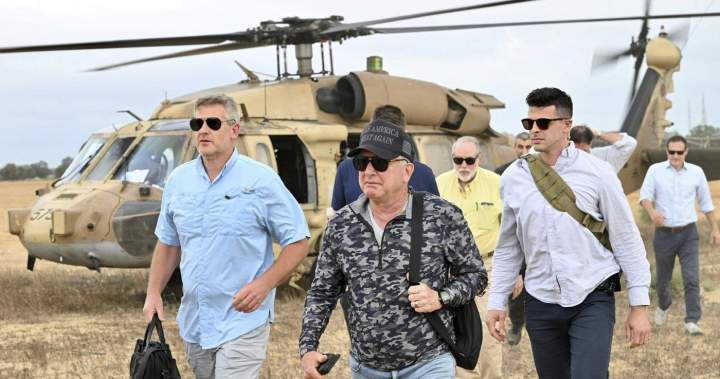

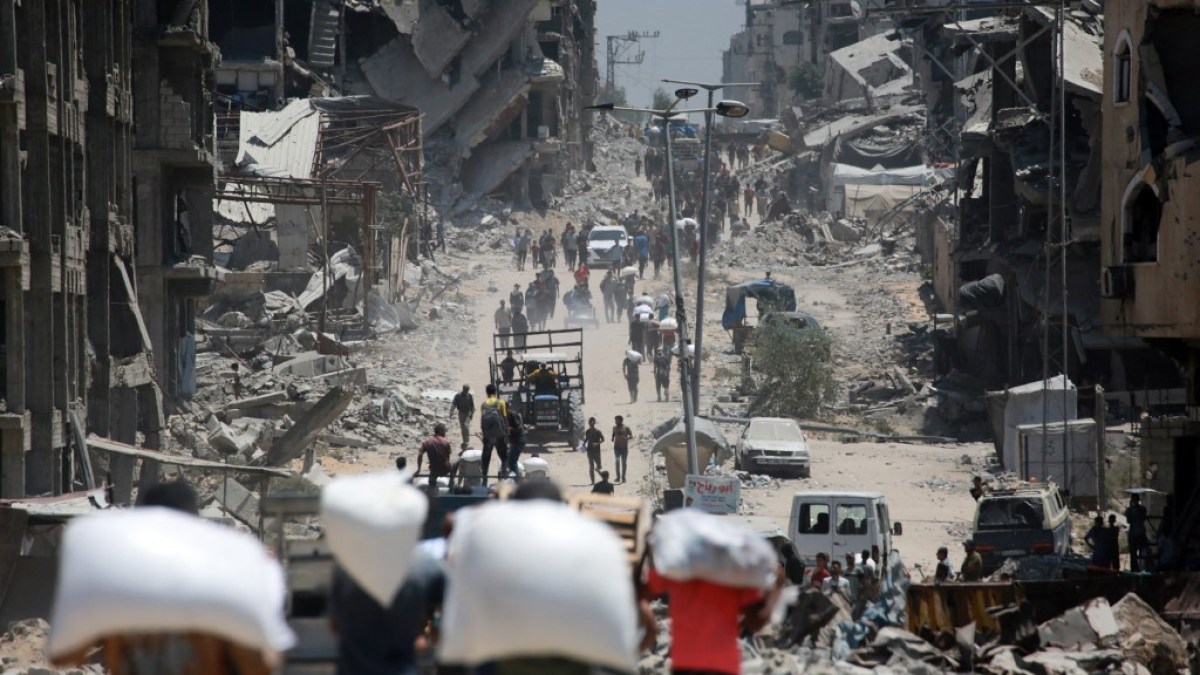
Leave a Comment